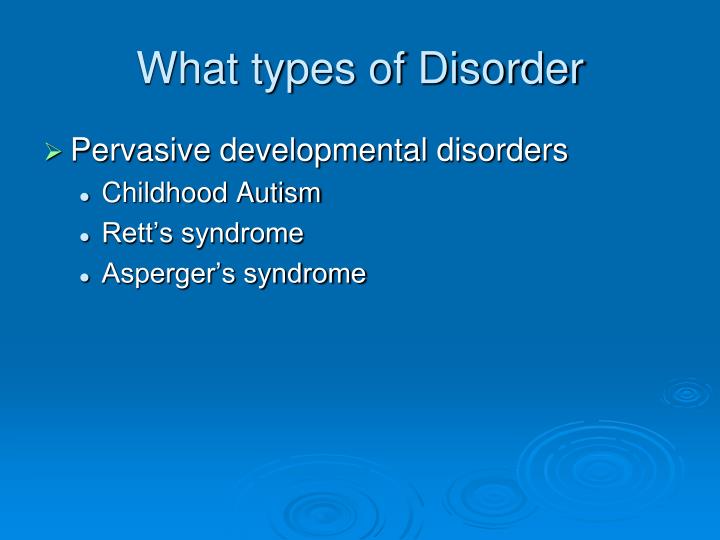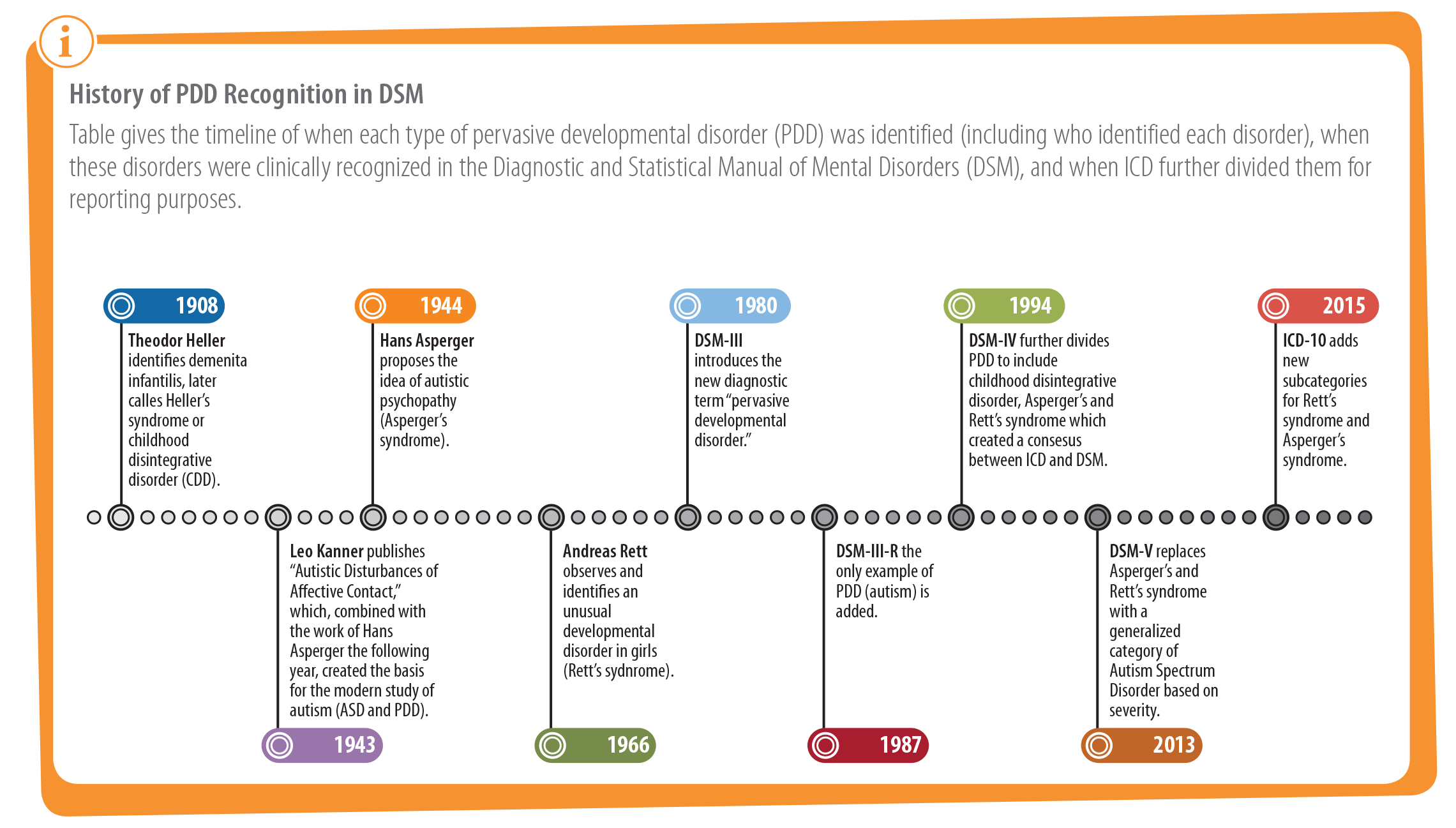


That is why we at Steinberg Behavior Solutions encourage parents to obtain an evaluation from a qualified professional. The future of PDD and ASDĪutism spectrum disorders are never simple to diagnose. Whether they had been previously diagnosed with Asperger’s, autism or Rett’s Disorder should have their diagnosis adjusted to an ASD diagnosis (i.e. What happens to PDD?Īs per the DSM-V, a child who had previously received a PDD diagnosis would now be diagnosed as being on the autism disorder spectrum. They even found some were changing their diagnosis of the same symptoms from year to year. They found different clinicians were diagnosing the same person with different disorders. As an example, a person might be diagnosed with ASD, Level 1, Level 2, or Level 3.Īccording to the American Psychiatric Association (APA), the reason for using the umbrella term “Autism Spectrum Disorder” was because the old way wasn’t precise enough. One of the most significant changes was that the separate diagnostic labels of Autistic Disorder, Asperger’s Disorder, and PDD-NOS were replaced by one umbrella term “Autism Spectrum Disorder” (ASD).Īs part of the change, distinctions were now being made based on the amount of support needed. However, in 2013 when the updated and revised DSM-V (5 th Edition of DSM, published in 2013) was released, parents of and professionals who worked with PDD children were met with a surprise. These individuals were thought of as having “mild autism” or exhibiting some characteristics that indicated an association with autism, but not quite enough to be given that diagnosis. Pervasive developmental disorder-not otherwise specified (PDD-NOS)Īccording to the DSM-IV, an individual who received a diagnosis of PDD-NOS met most of the criterion for an autism disorder but showed a significant amount of social behavior that would have disqualified them from receiving an autism diagnosis.You might be saying to yourself, “ This sounds like the criterion for an autism diagnosis.” If you are, you are right! Under the DSM-IV, PDD was an overarching term it was never a specific diagnosis and included the following 5 disorders: According to the previous DSM-IV (4 th Edition of the Diagnostic and Statistical Manual), PDD was used to describe individuals who showed significant delays in language and communication, social-emotional development, and repetitive or restricted behaviors. It involves the labeling of Pervasive Developmental Disorder or PDD. One of the best examples of this is the type of shift has affected our work here at Steinberg Behavior Solutions. What is Pervasive Developmental Disorder? Part of the DMS’s importance stems from the fact that it is regularly updated and with every change the way trained professionals diagnose people, especially children are affected directly. In the almost 70 years since it was first published it has become the international bible for mental health diagnosis.
PERVASIVE DEVELOPMENTAL DELAY MANUAL
The DSM or Diagnostic and Statistical Manual was created in 1952 by the American Psychiatric Association.


 0 kommentar(er)
0 kommentar(er)
